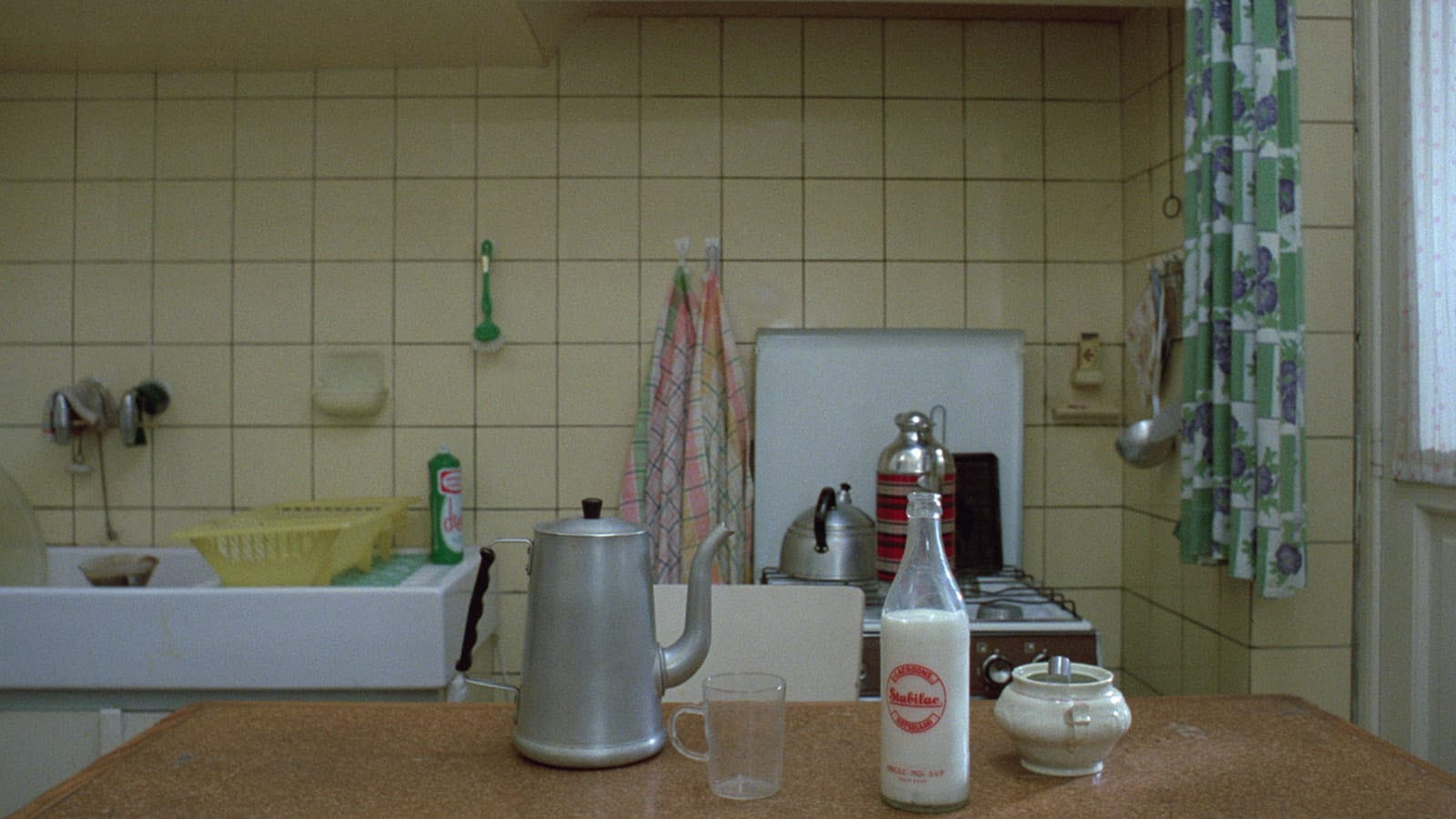“The Community of Things”

Even those of us who’ve spent nearly every waking hour at the Berlinale this week have heard the noise. The backlash against the Academy’s decision to present the Oscars for cinematography, editing, live-action short film, and makeup and hairstyling during commercial breaks in an effort to limit the live broadcast to three hours has been loud and furious. An open letter of protest has been signed by around a hundred prominent figures in the industry, including Martin Scorsese, Spike Lee, Christopher Nolan, Quentin Tarantino, Karyn Kusama, and Ang Lee, and Movie City News has been tracking eloquent pleas to the Academy to reverse its decision from the likes of Patty Jenkins,Guillermo del Toro, and Alfonso Cuarón. As Kyle Buchanan reports in the New York Times, the Academy has responded, claiming that it’s been misunderstood, and that the presentations of those four awards will be seen—but not live, and further, “producers have reserved the right to shorten their speeches.”
Here are five other items that have caught our eye this week:
- Sabzian aims to draw international attention to the work of Belgian critic Dirk Lauwaert (1944–2013) with a series of around ten English translations of his essays on film. Introducing the first of these, an all but immediate response to a first viewing in 1975 of Chantal Akerman’s Jeanne Dielman, 23, quai du Commerce, 1080 Bruxelles, Gerard-Jan Claes notes that Lauwaert “sought a mode of critique that could account for the experiences he underwent as a viewer, without giving into the craving for classification.” Jeanne Dielman, then, would seem to be a near-perfect subject for Lauwaert, who wrote: “The entire work of desire people usually invest in explanations and therapies is reversed here, as it were, its direction changed. The work is produced, but it does not take the shape of a work of desire about solutions and liberations: it is solely invested in the observation.”
- Film Comment has posted a piece by J. Hoberman from its current issue on Leni Riefenstahl’s “paean to Adolf Hitler,” Triumph of the Will (1935). The essay naturally addresses the various ways critics and filmmakers have struggled to come to terms with the challenges posed by the clash between the film’s innovative artistry and its abhorrent propaganda. But the emphasis here is on how the many versions of Triumph of the Will, cut and recut over the past eight decades, have skewed the film’s reputation. “I’m willing to bet that few of Riefenstahl’s non-Nazi fans ever sat through Triumph of the Will’s turgid full version,” writes Hoberman. Noting that Luis Buñuel claimed to have had a go at reshaping it himself, Hoberman suggests that his “taking credit for improving on Riefenstahl has the feel of a surrealist prank, predicated on his realization that MoMA’s Triumph of the Will [1940] was far superior to Riefenstahl’s.”
- In anticipation of a rollout beginning in May, Grasshopper Film has released a new U.S. trailer for Asako I & II, Ryusuke Hamaguchi’s follow-up to Happy Hour (2015). In the current issue of the Brooklyn Rail, Kazu Watanabe argues that the new film is “a smaller yet no less perceptive work that is similarly preoccupied with mining existential ruminations on identity, survival, and personal growth, this time through the cinematic dissection of an idiosyncratic love triangle.” Also in the February issue, Hillary Weston previews Valentine’s Day Massacre, a series running at Anthology Film Archives through Thursday; Sean Nam writes about critic Manny Farber’s paintings; Leo Goldsmith looks back on last fall’s International Documentary Festival Amsterdam; and Joan Waltemath draws parallels between “lush new paintings” by Barbara Takenaga and Patricio Guzmán’s 2010 film Nostalgia for the Light.
- A group of young critics in Australia have banded together and launched an online publication, Rough Cut. Among the highlights so far are Ivana Brehas’s audiovisual essay on “moments of physical opposition” in Elaine May’s Mikey and Nicky (1976), André Shannon’s interview with Carlos Reygadas, and Valerie Ng’s essay on Jacques Tati’s Mon oncle (1958), which “draws humor from the community of things, the collective action, and the culmination of parts—the architecture of rooms, windows, and doors; of people, children, and dogs, materializing a gentle portrait of social practice.”



